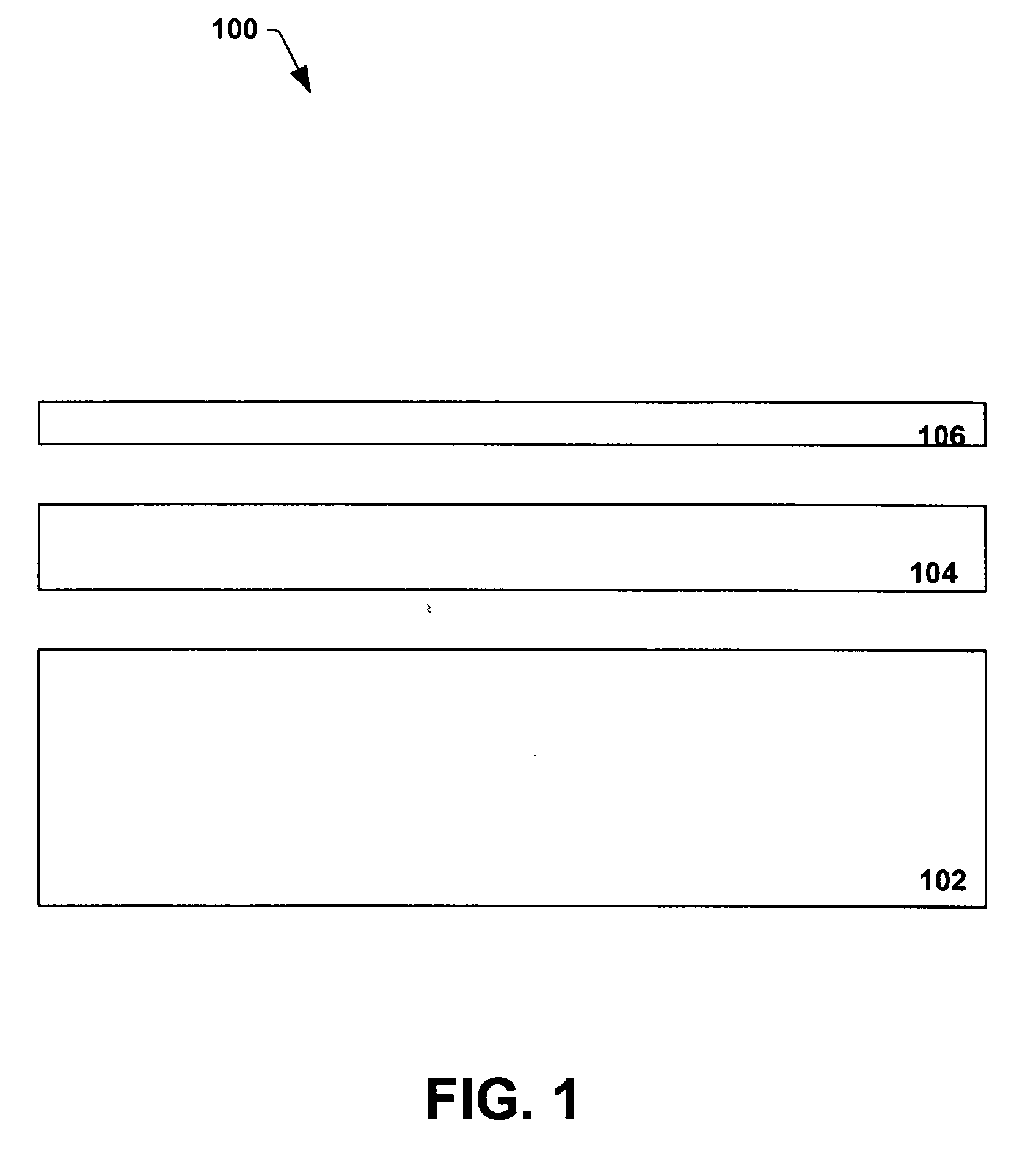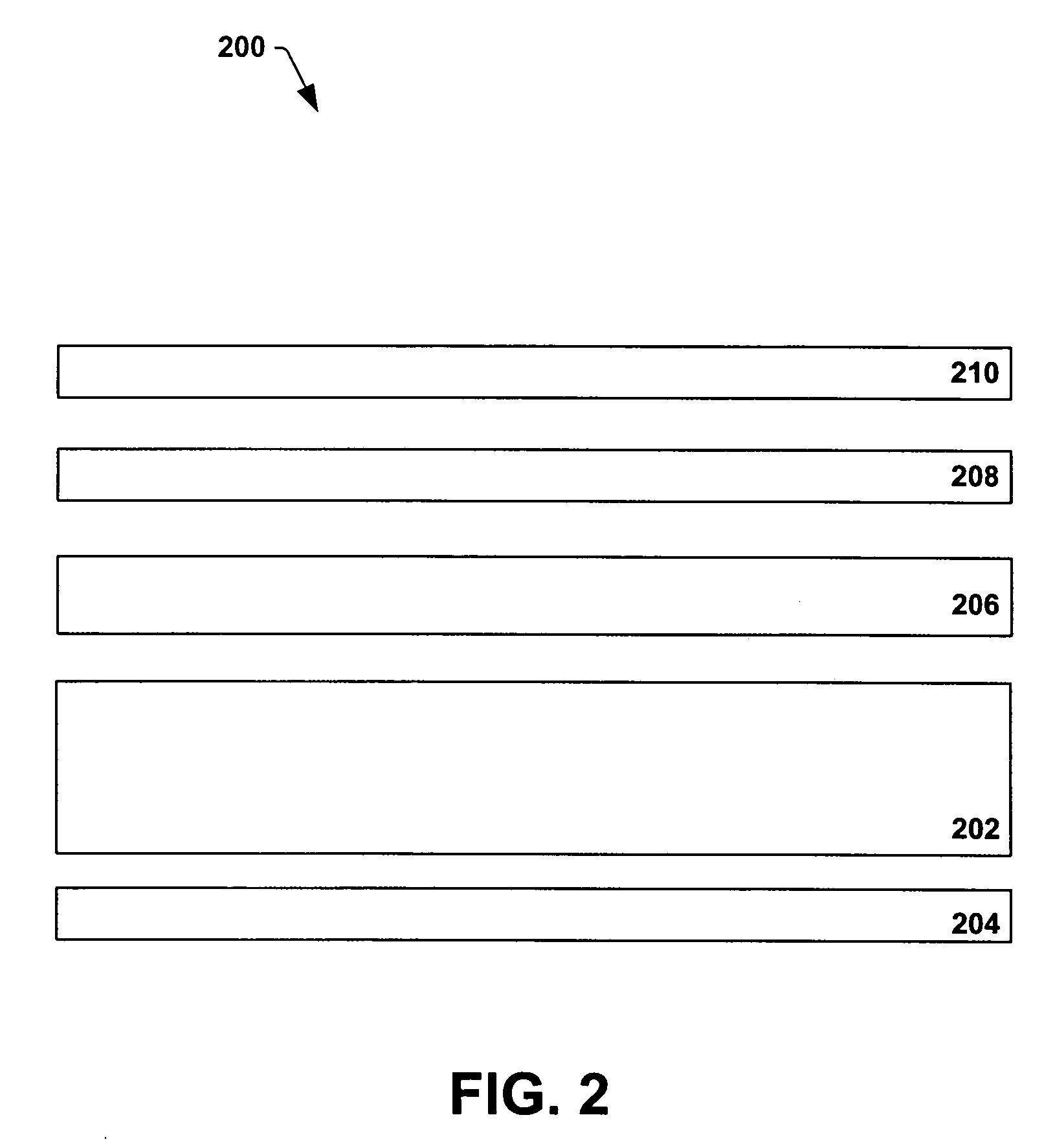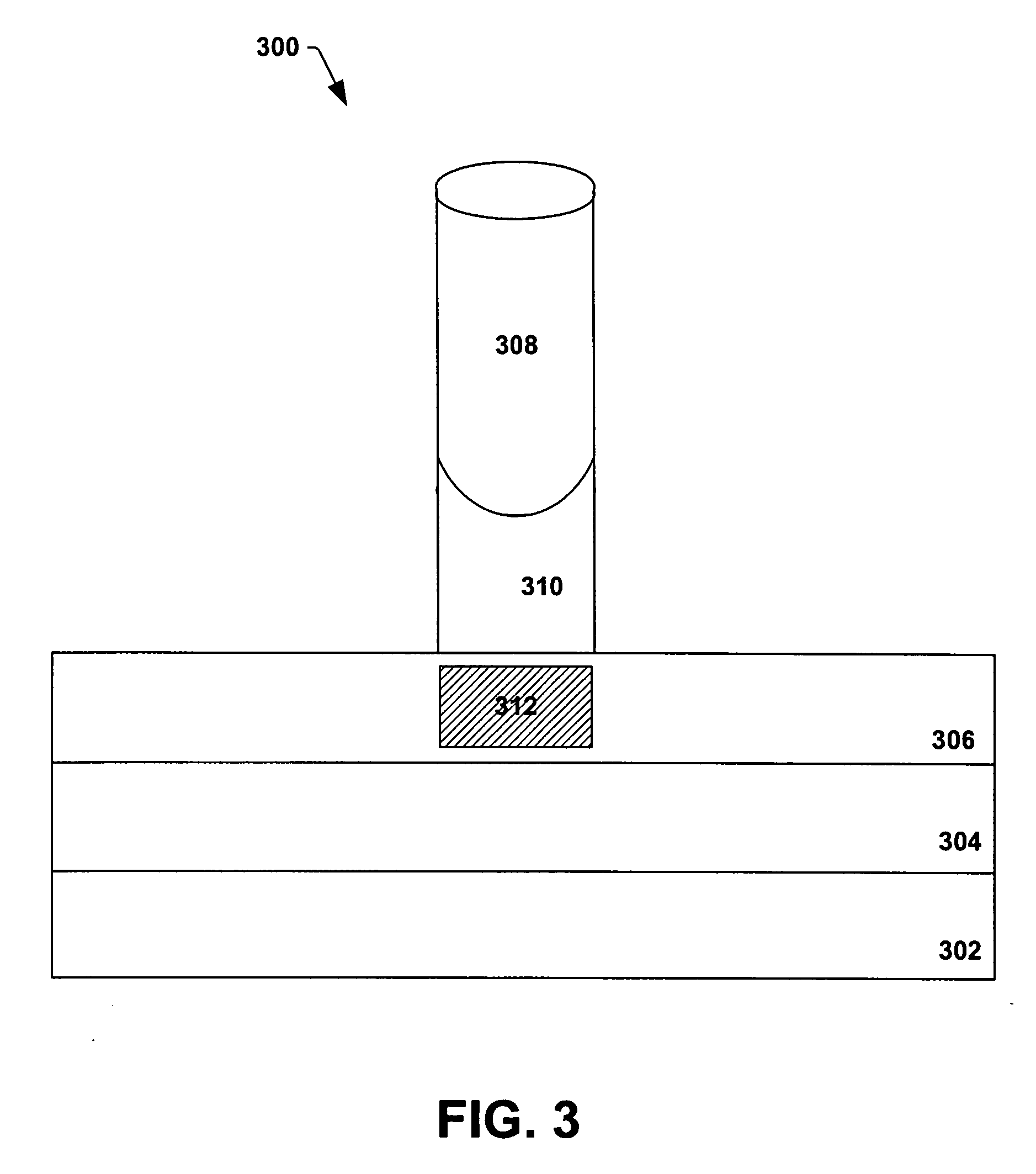Thermal paper
- Summary
- Abstract
- Description
- Claims
- Application Information
AI Technical Summary
Benefits of technology
Problems solved by technology
Method used
Image
Examples
##ventive example 1
INVENTIVE EXAMPLE 1
[0057] Two pigments coated as a base coat on a substrate layer and also coated with commercial active layer coat were evaluated for thermal effusivity and image quality, respectively, to illustrate the importance of the thermal insulating properties of the base coat on the image quality—both optical density and visual quality / uniformity. One of the pigments was a commercially available synthetic pigment—“Synthetic pigment”, the other was a 100% calcined kaolin pigment”. Active coats on both papers were developed by placing 3x3 inch squares of each paper into an oven set to 100° C. for 2 min. Thermal effusivities of substrate / base coat composites and their corresponding image quality evaluations are summarized in Table 2. The synthetic pigment gave lower effusivity and had higher optical density. Visually, it looked black and had very good image uniformity. Sample coated with calcined kaolin pigment showed higher effusivity and lower optical density. In visual eval...
##ventive example 2
INVENTIVE EXAMPLE 2
[0058] Two pigments were prepared, coated on a thermal base paper, calendered to about the same PPS roughness of approximately 2 μm and evaluated for thermal effusivity. Thermal effusivities were measured on base paper / base coat composites at about 22° C. and about 40% RH using Mathis Instruments TC-30 thermal conductivity / effusivity analyzer.
[0059] These composite thermal paper precursor sheets were then coated with a commercial active coat and evaluated using industry standard instrumentation for half energy optical density. The pigments included commercial standard calcined kaolin and hydrous kaolin treated with sodium silicate (20 lbs / ton clay). Physical characteristics of these pigments and their coatings are summarized in Table 3. The hydrous kaolin treated with sodium silicate is referred to as treated hydrous kaolin in the remainder of this Inventive Example 2.
TABLE 3Oil ad-Particle Size DistributionSurfacesorptionCoatMedianarea(g / weightPigment(μm)% % (...
##ventive example 3
INVENTIVE EXAMPLE 3
[0062] To illustrate the effect of porosity in the base coat on the thermal effusivity of the thermal paper precursor, four pigments were prepared, coated on a thermal base paper, calendered to about the same PPS roughness of approximately 2 μm and evaluated for thermal effusivity using Mathis Instruments TC-30 analyzer. The pigments included commercial calcined kaolin, blend of 80 parts of commercial calcined kaolin and 20 parts of commercially available silica zeolite Y—“80 kaolin / 20 silicay”, blend of 90 parts of commercial calcined kaolin and 10 parts of Engelhard made zeolite Y—“90 kaolin / 10 zeolitey” and hydrous kaolin treated with sodium silicate (20 lbs / ton clay)—“treated hydrous kaolin”. The effusivities were measured on base paper / base coat composites at about 22° C. and about 40% RH; the pore volumes in the base coat layers were obtained from mercury porosimetry. Physical characteristics of these pigments and their coatings are summarized in Table 5.
T...
PUM
| Property | Measurement | Unit |
|---|---|---|
| Length | aaaaa | aaaaa |
| Length | aaaaa | aaaaa |
| Fraction | aaaaa | aaaaa |
Abstract
Description
Claims
Application Information
 Login to View More
Login to View More - R&D
- Intellectual Property
- Life Sciences
- Materials
- Tech Scout
- Unparalleled Data Quality
- Higher Quality Content
- 60% Fewer Hallucinations
Browse by: Latest US Patents, China's latest patents, Technical Efficacy Thesaurus, Application Domain, Technology Topic, Popular Technical Reports.
© 2025 PatSnap. All rights reserved.Legal|Privacy policy|Modern Slavery Act Transparency Statement|Sitemap|About US| Contact US: help@patsnap.com



